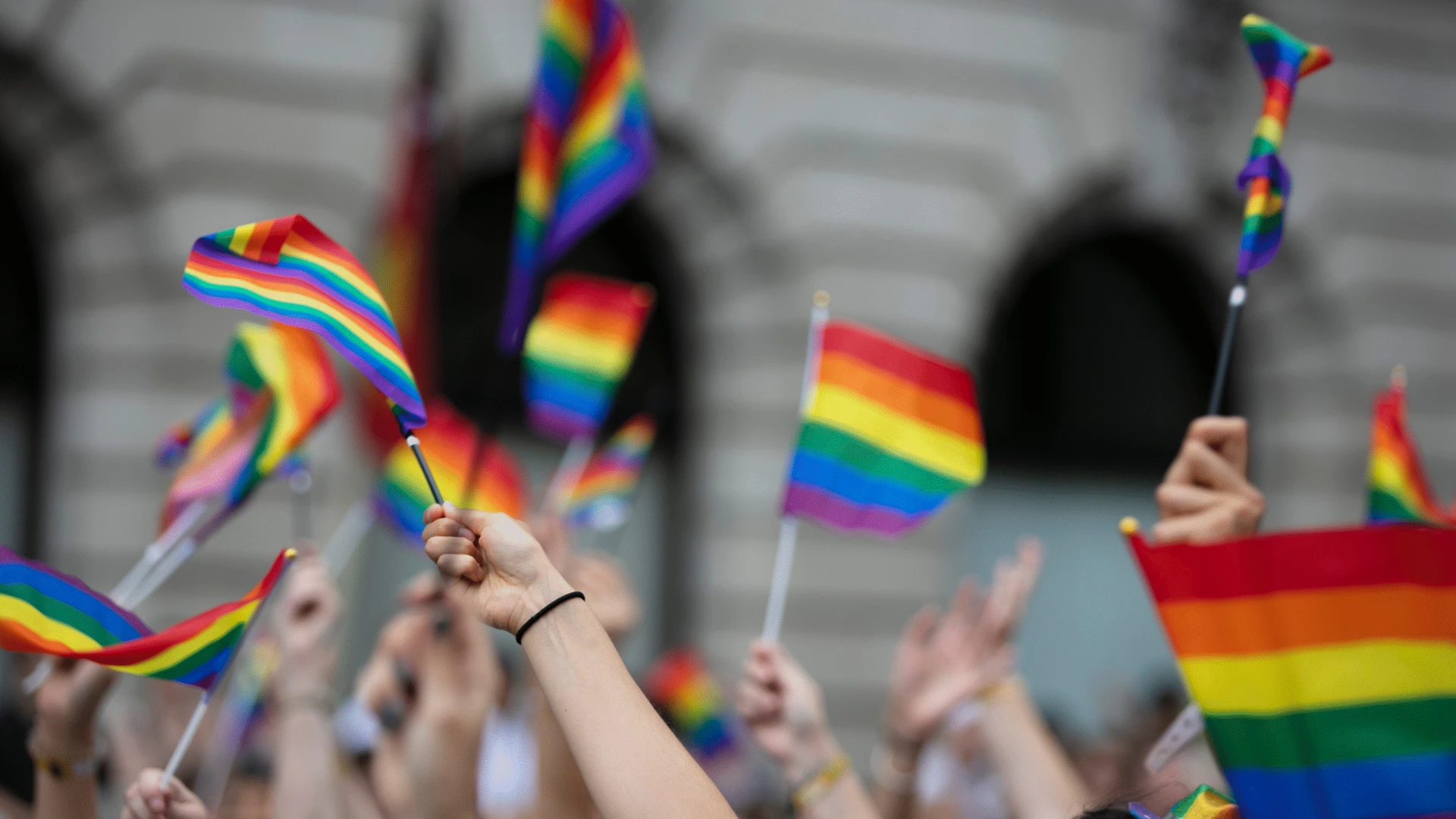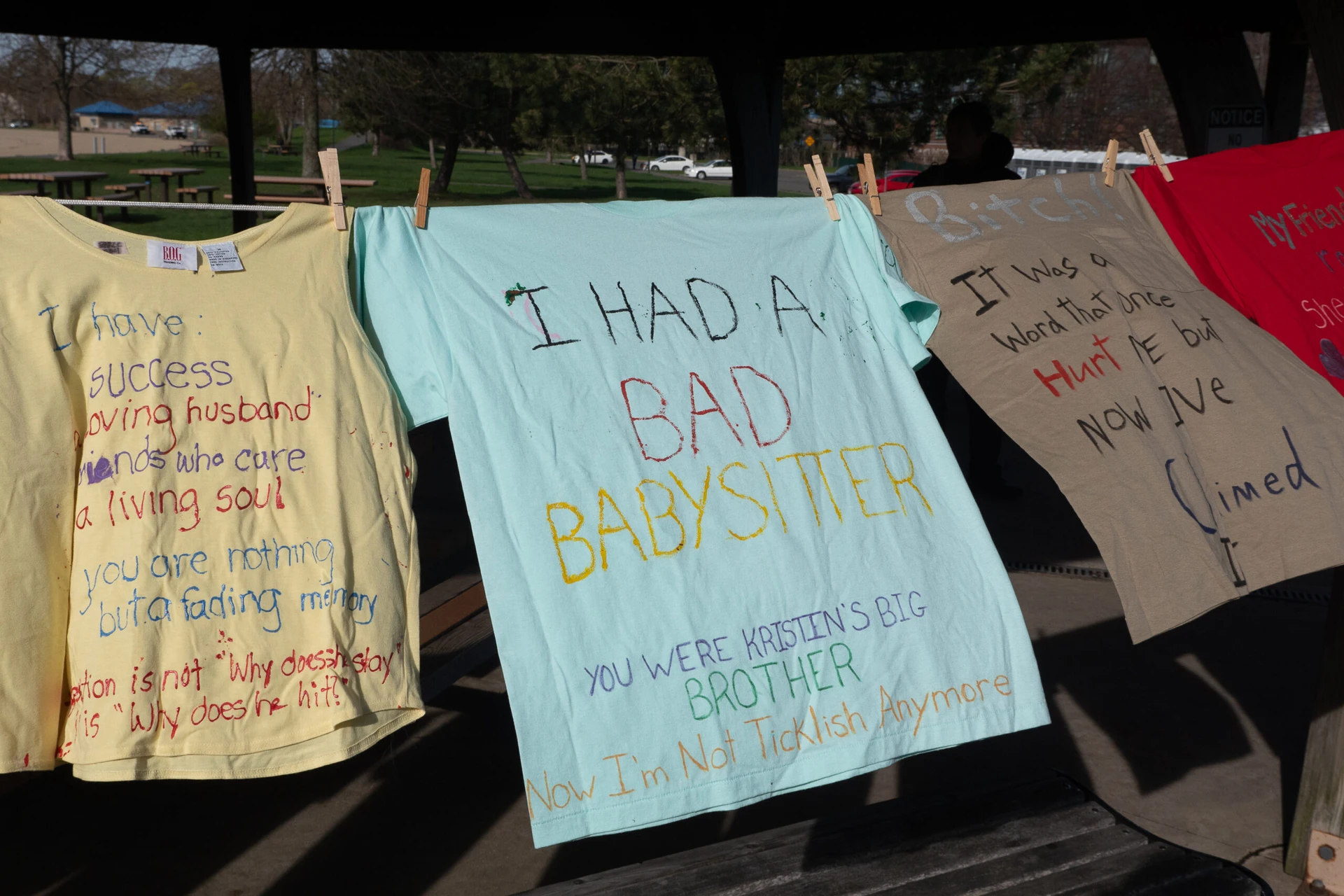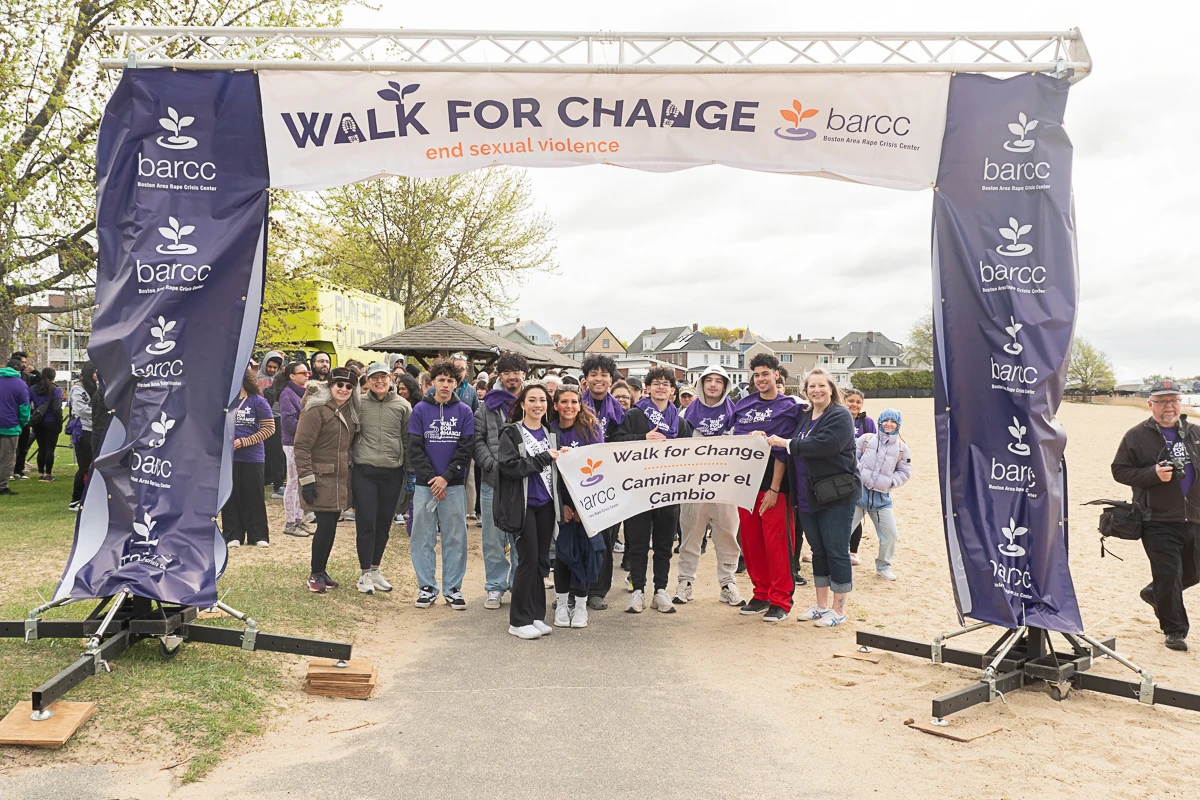Featured
The Latest from the Blog
-
Read More
 Oct 16, 2025 | New at BARCC, Stories of Impact
Oct 16, 2025 | New at BARCC, Stories of ImpactQ&A with Michael Glennon, Trial Attorney
BARCC’s takes on the viral Netflix series. - Read More
-
Read More
 Oct 14, 2025 | New at BARCC
Oct 14, 2025 | New at BARCCCan We Separate the Art from the Artist?
BARCC’s takes on the viral Netflix series. -
Read More
 Oct 02, 2025 | New at BARCC
Oct 02, 2025 | New at BARCC5 Horror Movies to Terrify – not Trigger
BARCC’s takes on the viral Netflix series. -
Read More
 Sep 29, 2025 | BARCC Statements, In the News
Sep 29, 2025 | BARCC Statements, In the NewsStatement: Local Leaders Condemn Mayor of Quincy’s Comments
Boston, MA, September 29, 2025 — Recently, the Mayor of ... -
Read More
 Jun 12, 2025 | In the News
Jun 12, 2025 | In the NewsStanding With All Survivors: BARCC Celebrates Pride Month
At BARCC, we are proud to support and stand with LGBTQ+ individuals, and we remain... -
Read More
 May 29, 2025 | Walk for Change
May 29, 2025 | Walk for ChangeThank You to Our 2025 Walk for Change Sponsors for Standing Together for Survivors
This year’s Walk for Change was more than just a walk – it was a... -
Read More
 May 22, 2025 | Stories of Impact
May 22, 2025 | Stories of ImpactBearing Witness, Sparking Change: The Clothesline Project
This year’s Walk for Change was more than just a walk – it was a... -
Read More
 May 15, 2025 | Walk for Change
May 15, 2025 | Walk for ChangeA Day To Remember: Highlights from the 19th Annual Walk for Change
This year’s Walk for Change was more than a gathering—it was a day full of...
